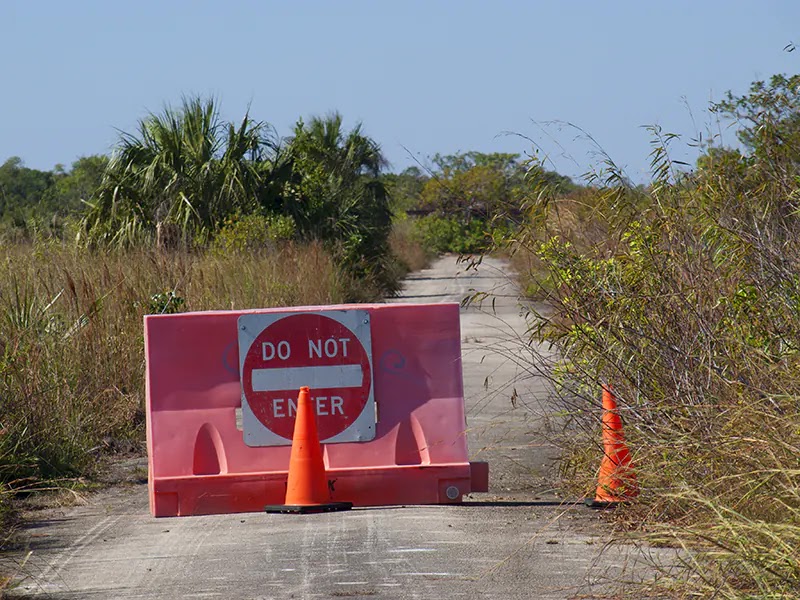Yulee Sugar Mill: Ruins of an old slave plantation

|
| Probably this is our best shot of the ruins of the Yulee Sugar Mill in Homosassa, Florida - License our images here. |
Coming from Homosassa Springs State Park, we saw old stones and rusty metals towering over a narrow road of the west coast of Florida. We parked across the street and crossed to check the ruins.
These are remains of a plantation owned by Levy Yulee, the son of Moroccan immigrants of Jewish ancestry that served in the Florida Territorial Council in 1836 and ended in the U.S. Congress in 1841.
The sugar mill was part of the Margarita Plantation. Most believe that Yulee moved to Homosassa after the Second Seminole War - land records from 1843 support this idea.
The New South, a book from 1887, tells that Yulee built his plantation home on the 15-acre Tiger Tail Island on the mouth of the Homosassa River - less than two miles to the west from the remains of the sugar mill.
The island was known before as Iathloe Island. There lived the Seminole Chief Tiger-Tail, the reason for the actual name. It was said that Yulee built his house over the site of the home of the Seminole Chief.
According to the book, Yulee purchased 5,000 acres with four miles of riverfront. The property included an area called the "Harold Fields", a spot where some Swedes that lived here were massacred by Native Americans in previous years.
Yulee built a small town for its plantation. There were storehouses, shops, a church, and the slave quarters. Some called the place, "the finest sugar mill in the state". The golden age of the Margarita plantation is set between the years 1851 and 1864.
The Civil War brought the end of the Margarita Plantation. Yulee's views were proslavery and therefore he supported the Confederates. A gunboat from the Union entered the Homosassa River and destroyed his mansion and part of the plantation in 1864.
The slaves fled and Yulee was jailed in Fort Pulaski accused of treason for helping in the escape of the President of the Confederate States, Jefferson Davis. He was set free after nine months thanks to General Ulysses Grant.
Later, Yulee focused on the development of the Florida railroad system. This gained him the nickname of "Father of Florida Railroads".
A few cabins and stone chimneys of the Margarita plantation still survived when Hillyard published his book.
 |
| Ruins of the Yulee plantation in Homosassa - Image from the book The New South, 1887. |
The only things remaining today are the ruins of the sugar mill and some machinery. Here goes well this quote from the French novelist Gustave Flaubert:
He loved the craggy ruins bound together by ivy, those dark halls, and any appearance of death and destruction. Having fallen so far from so high a position, he loved anything that had also fallen from a great height.
(Check the ruins of another sugar mill we visited by the Atlantic side of Florida.)



